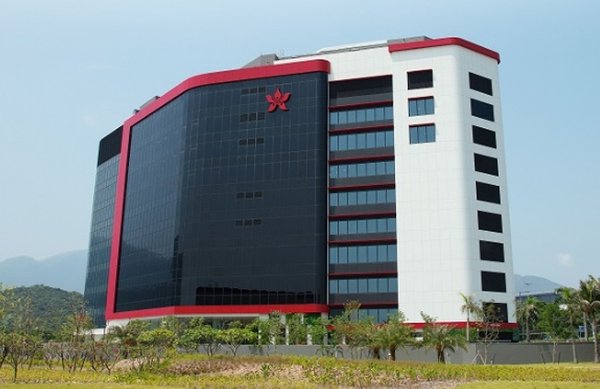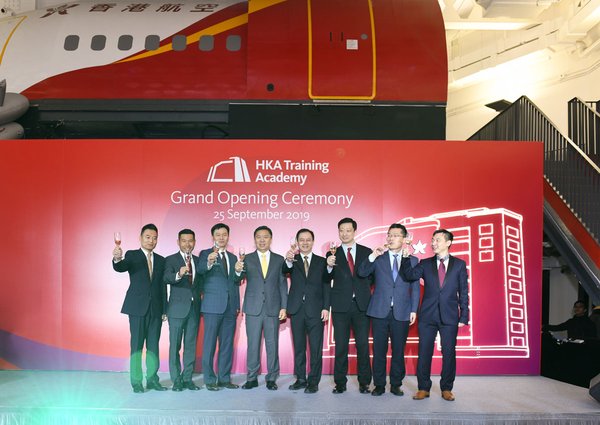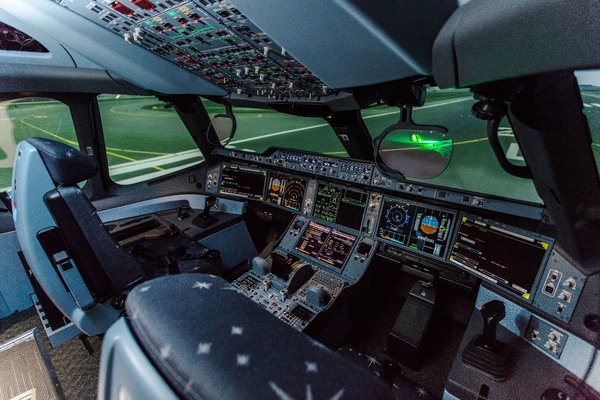Hong Kong Airlines opens HKA Training Academy, offering advanced training services to aircrew and aviation elites
HONG KONG,Sept. 26,2019 -- Hong Kong Airlines' HKA Training Academy (HKATA) was officially opened yesterday. The airline's first training facility in the airport island of Chek Lap Kok not only marks a significant milestone in the airline's history,it also reaffirms Hong Kong Airlines' investment and confidence in the city it has called home for 13 years.

HKATA
Hong Kong Airlines Chairman Mr Hou Wei was joined by his senior management team as well as hundreds of staff at the official opening ceremony at HKATA this afternoon. Speaking at the celebrations,he said that Hong Kong Airlines always puts safety first in its operations and training.
"HKA Training Academy is not only a result of Hong Kong Airlines' ambitious effort to nurture future aviation talents but also a formal approach to aviation safety supporting Hong Kong's thriving aviation industry. We want to fulfil our vision to offer one of the most advanced aviation training programmes foraircrew and will do our part to help elevateHong Kong aviation standards toworld class levels," Mr Hou added.
The 11-storey HKA Training Academy is equipped with advanced training facilities,including 24 training classrooms,12 aircraft simulator bays,an 8-metre-high multi-function training hall and a 25-metre-long swimming pool,which are used for evacuation,safety and service trainings for various aircraft types. It is the third facility of its kind on the airport island which combines advanced technology with specially designed training programme to set new safety technology benchmarks for the industry.
As one of the major players in the local aviation scene,Hong Kong Airlines took the lead to showcase the state-of-the-art training facilities that are currently in use:
CAE 7000XR Series full-motion flight training simulators qualified by Civil Aviation Department (CAD) and Civil Aviation Administration of China (CAAC) have been installed for A330 and A350 aircraft.
These essential training devices are capable of reproducing an environment which replicates the aircraft itself and airports. The simulators host the latest technology in visual simulation and has a worldwide database of airports including Hong Kong,Narita,Los Angeles,Vancouver and Beijing to name a few.
The Combined Cabin Emergency Evacuation Trainer (CEET) with smoke chamber function is equipped with different functions to prepare the crew for their readiness of handling normal and emergency situation.
Hong Kong Airlines has been steadfastly investing in the building since the ground-breaking ceremony in 2016,followed by the topping-out ceremony in April 2018. Earlier this year,HKA Training Academy obtained the Occupation Permit from the Building Authority of Hong Kong,following a series of construction,furnishing,moving-in and safety inspection work.
Hong Kong Airlines thanks the government as well as its staff,customers and business partners who have and continue to support the company.
"HKA Training Academy - our newest asset - will define Hong Kong Airlines' successful transition into our next chapter of development. We believe that the combination of HKATA and the professionalism of our staff will provide resources and solutions to the local aviation community. Hong Kong Airlines remains committed to nurturing local talents who aspire to join the aviation industry and will continue with our efforts to promote Hong Kong as one of the world's greatest aviation hubs," said Mr Hou.
For high-resolution photos,please download here: https://bit.ly/2lC3YUh

The Combined Cabin Emergency Evacuation Trainer (CEET) with smoke chamber function is equipped with different functions to prepare the crew for their readiness of handling normal and emergency situation.

Hong Kong Airlines senior management toasting at the opening ceremony

CAE 7000XR Series full-motion flight training simulators qualified by Civil Aviation Department (CAD) and Civil Aviation Administration of China (CAAC) have been installed for A330 and A350 aircraft.
Photo - /20190926/2593024-1-a?lang=0
Photo - /20190926/2593024-1-d?lang=0
Photo - /20190926/2593024-1-b?lang=0
Photo - /20190926/2593024-1-c?lang=0